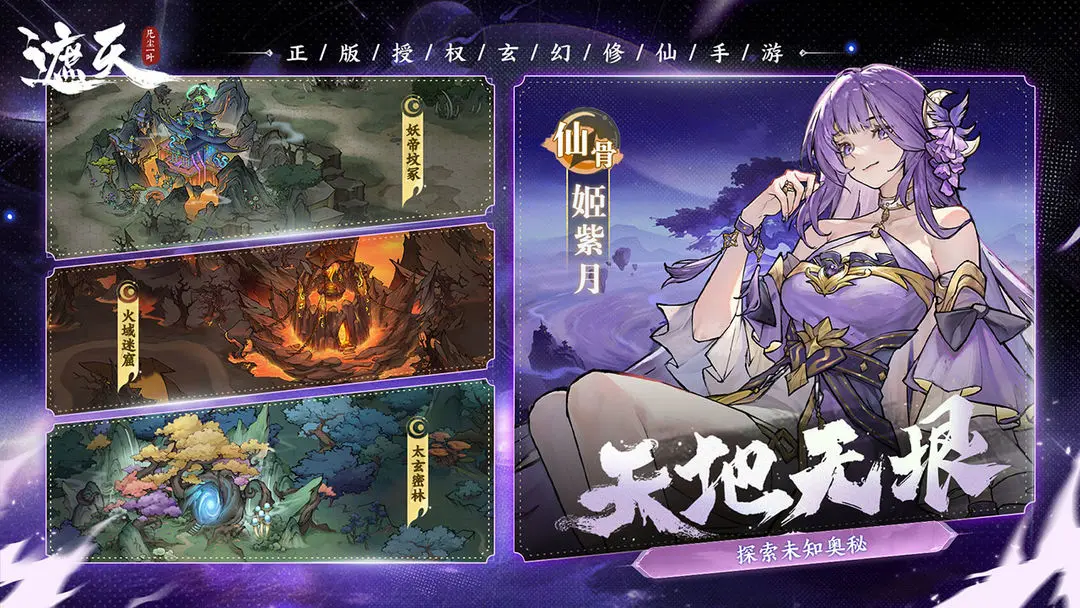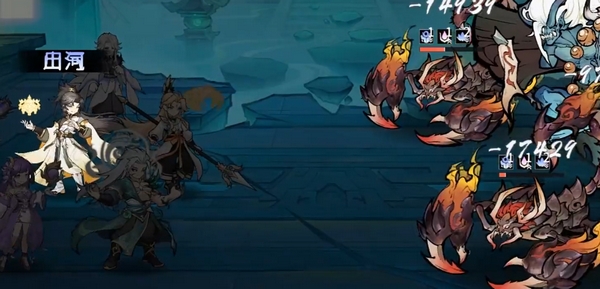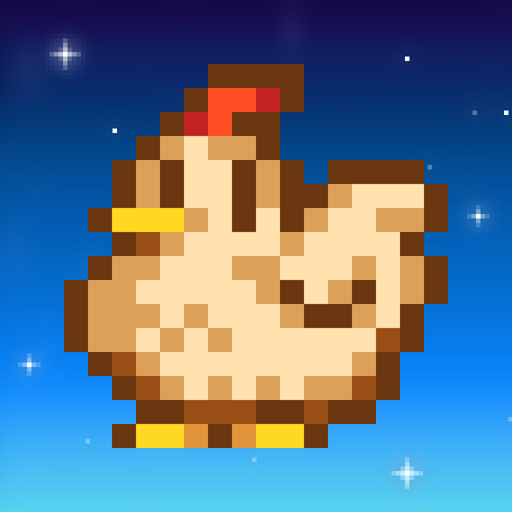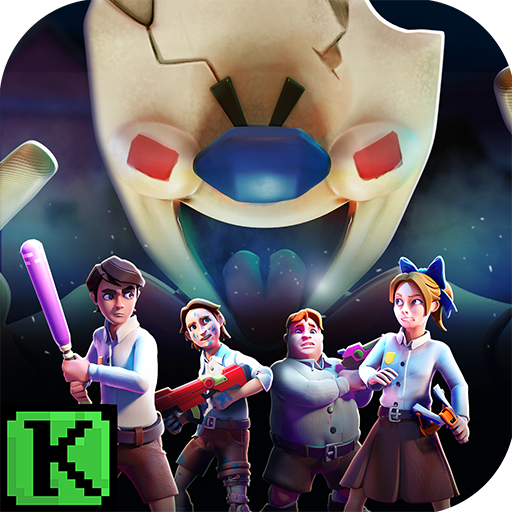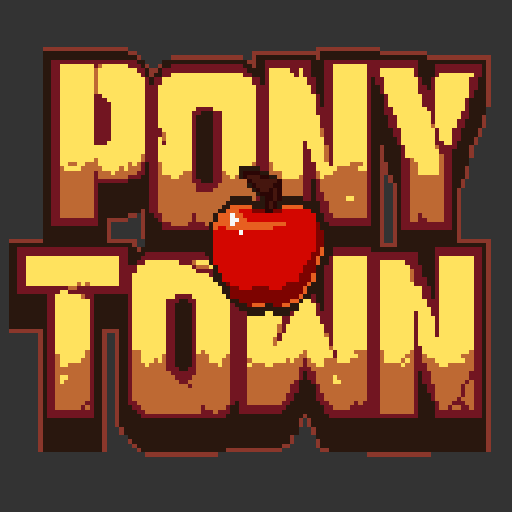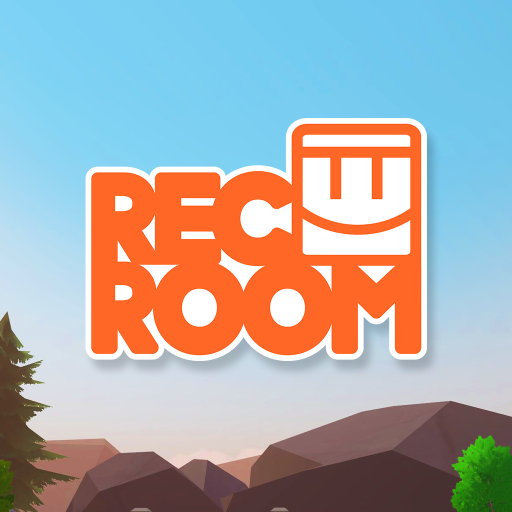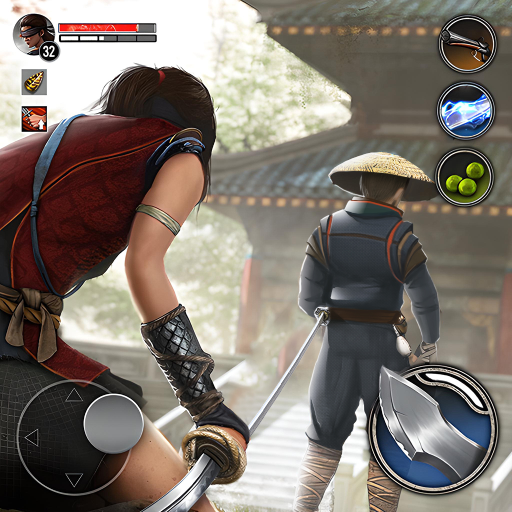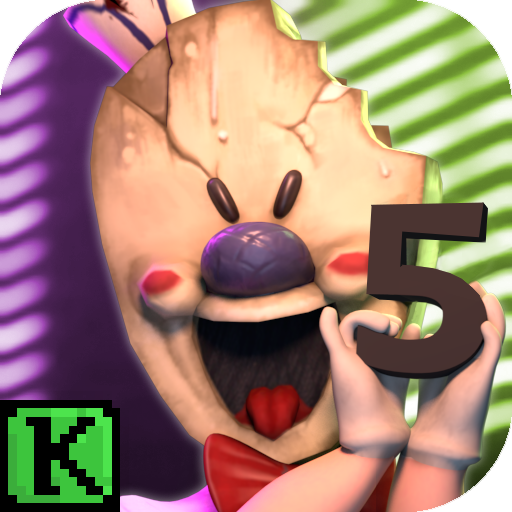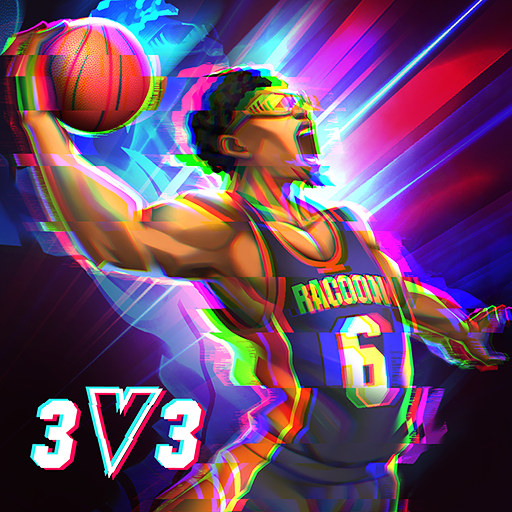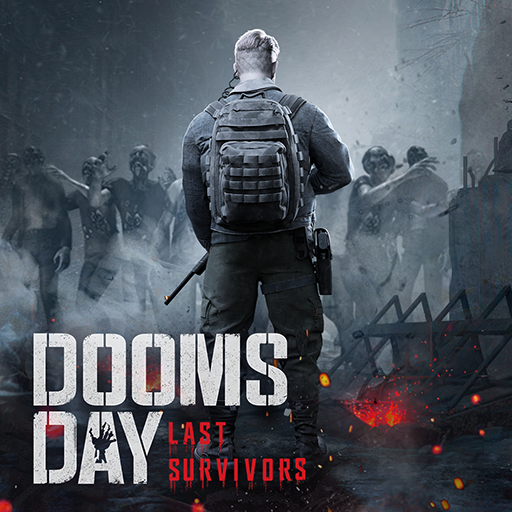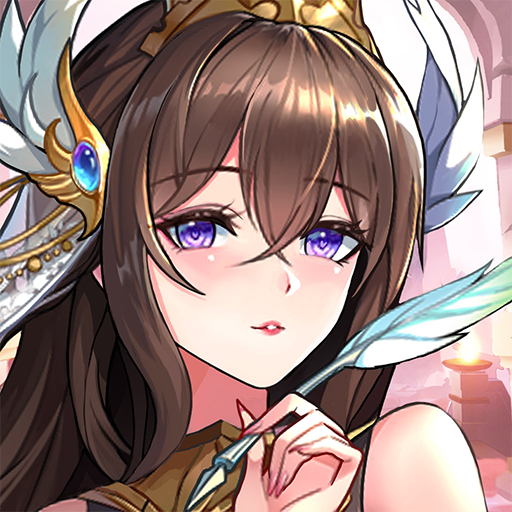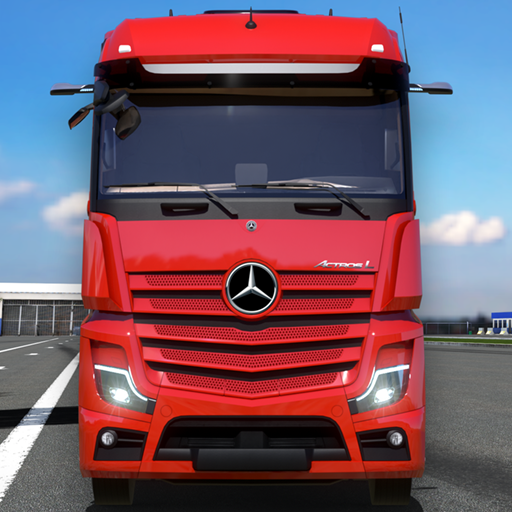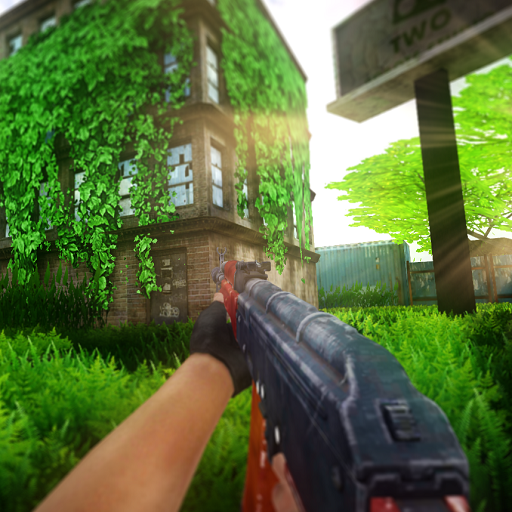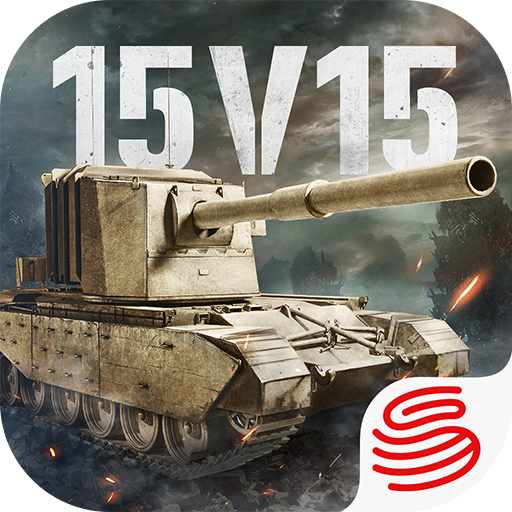In Star Trace Resonance, the first thing everyone does after entering the game is to familiarize themselves with the maps within. Familiarizing yourself with the map is very important, as it will affect our own progress. The following text will provide an introduction to the Star Trace Resonance map. In this introduction, we will take you through the current map area distribution in the game, as well as some of the icon functions, etc. After reading, you will know what gameplay the map offers and have a general understanding.
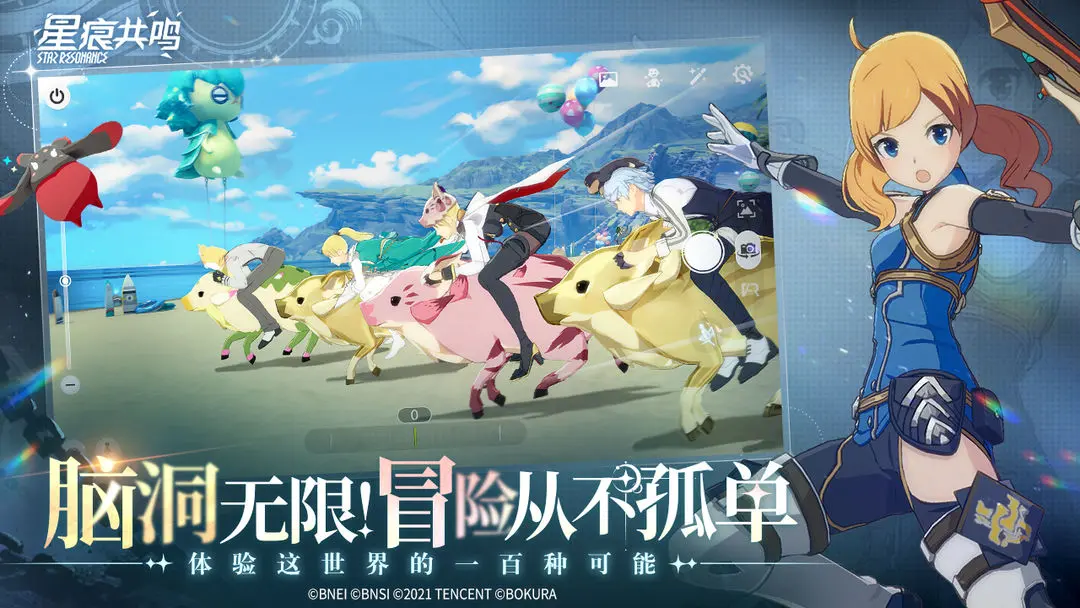
First, let's look at the main city area of the game, which is called Astris. This place is where the main storyline begins, and it is also the area where most of our tasks and features are located. Upon entering here, you need to go to the main teleportation point and light it up. Once lit, the area will be unlocked, and you can see everything on the map.
The first thing to introduce are the blue icons on the map. These blue icons represent important side quests in the game. These quests often form a quest chain, meaning there are multiple quests. There are a lot of rewards to be gained from these quests, and they are key points to focus on in the map. Next, you will see a large number of green icons at the bottom of the map. These green icons are also a type of side quest, but not as important, and the corresponding process is quite short, usually just one task, mostly dialogue. These quests offer fewer experience points and items, and are optional. However, some of them are related to achievement titles, so you might want to pay attention to and complete those specific quests.
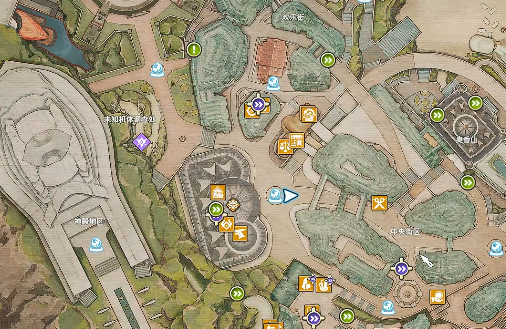
After completing that, you can also see a lot of yellow markers in this area. These yellow markers represent functional gameplay in the game, such as hairdressing (re-customizing your character) and shops. You need to open the map and understand the functions of each yellow marker, making it convenient to use these features when needed. This is the first map.
Next, you just need to cross the bridge connected to the front of the first map to enter the second map, which is called Astris Plain. This map is like a starting village. The map is roughly divided into several areas: Bandit Camp, Andra Landing Battle Site, Scout Camp, and Muke Camp. These areas contain different levels and types of monsters. You need to complete the strategies for these areas in order of level. After completion, the exploration of this map is done.

Then, you can enter the third map, which is called Dark Blue Abyss. This is a very small dungeon-type map with only one beacon. After unlocking it, you can proceed straight to the entrance of the dungeon. The level requirement for this dungeon is 60, making it a graduation-level dungeon at this stage. Therefore, you don't need to come to this map until the end.
After this map, you will see three other maps by opening the mini-map. These three maps are the Forest of Bright Flowers, the Forest of Ceased Rain, and the Canyon of Howling Wind. These are all small maps with different terrains. These maps contain monsters ranging from level 30 to 50, with the most monsters in the Canyon of Howling Wind, averaging above level 50. Additionally, this map contains the hardest dungeon in the game, aside from the final 60-level dungeon. Although the level of this dungeon is not 60, the materials it provides are similar to those of the 60-level dungeon.
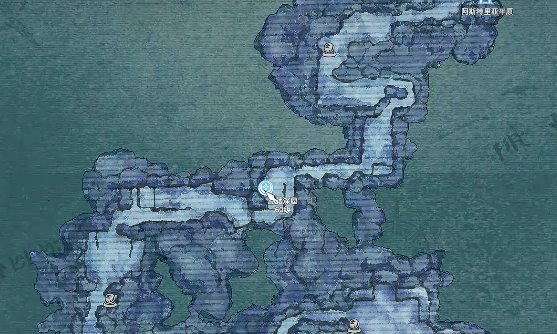
This dungeon provides materials for crafting graduation weapons. These materials have two attributes, and the materials from this dungeon are one of those attributes. The other attribute is found in the 60-level dungeon. Different professions have different material needs, and some players may need to farm this dungeon rather than the 60-level one. Therefore, this dungeon can be considered the final dungeon for some professions. These are the currently available maps in the game.
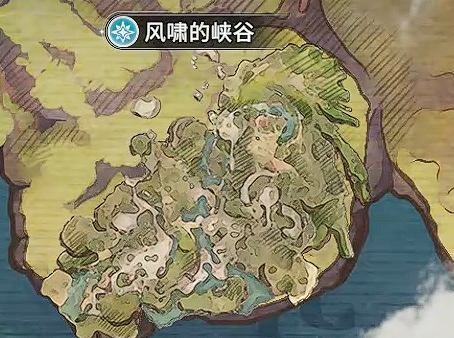
The above is the complete guide to the Star Trace Resonance map. After this introduction, we have taken you through all the maps in the game. After understanding the maps, you will know the areas, their functions, and the monsters and dungeons. From here, you can explore these maps in subsequent gameplay.
